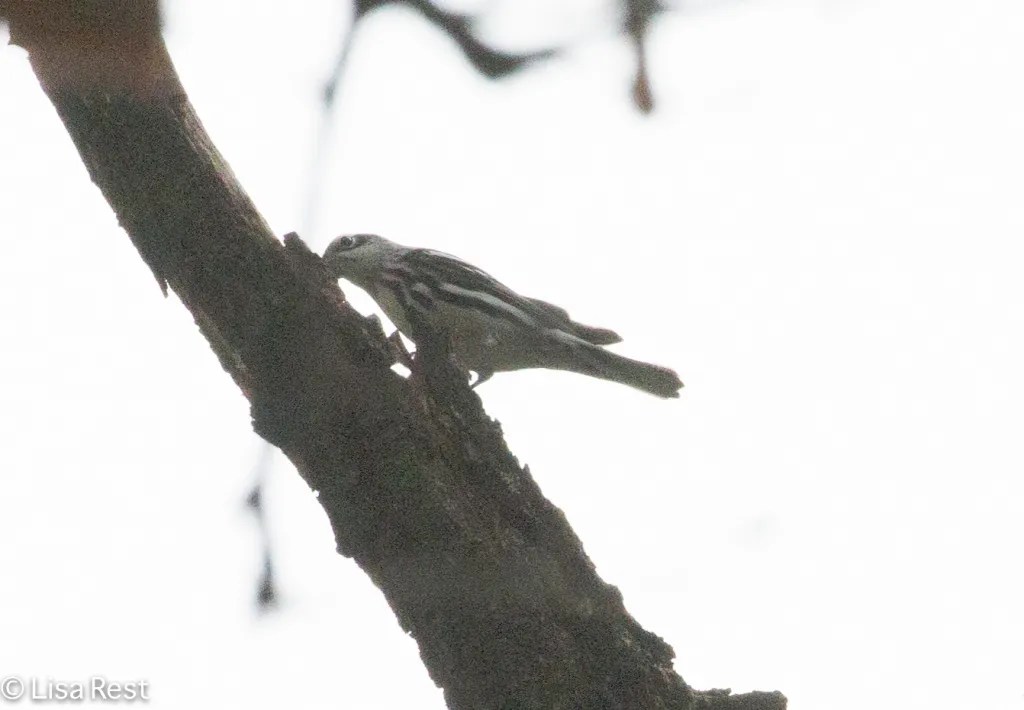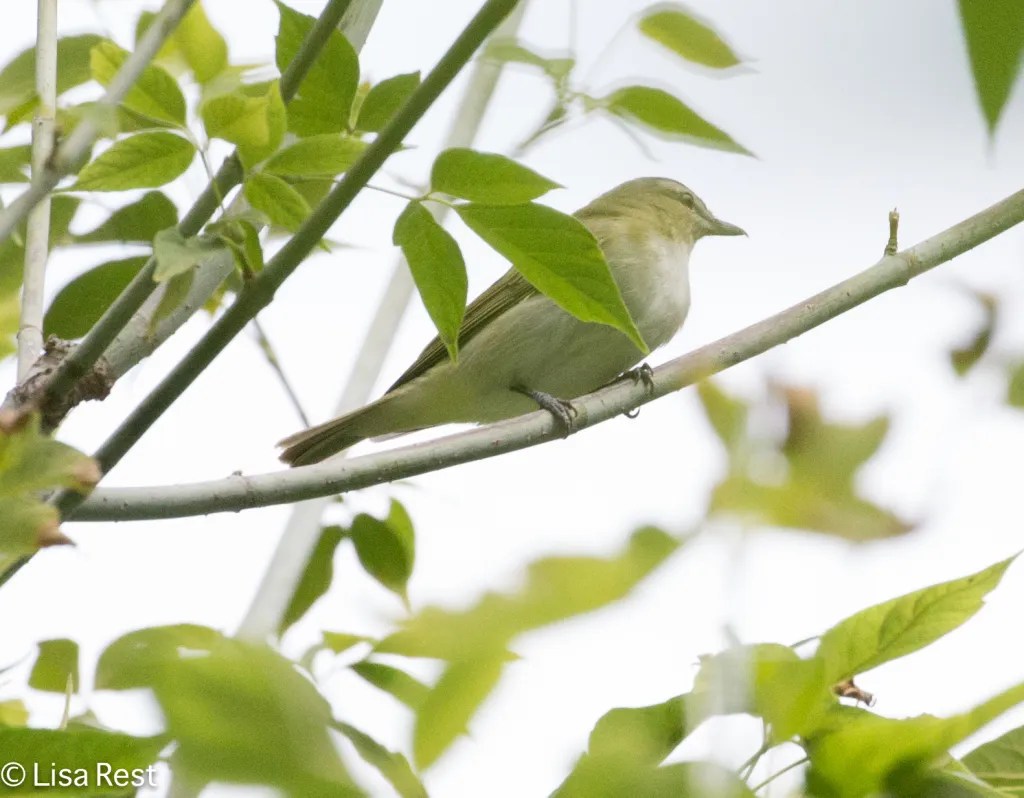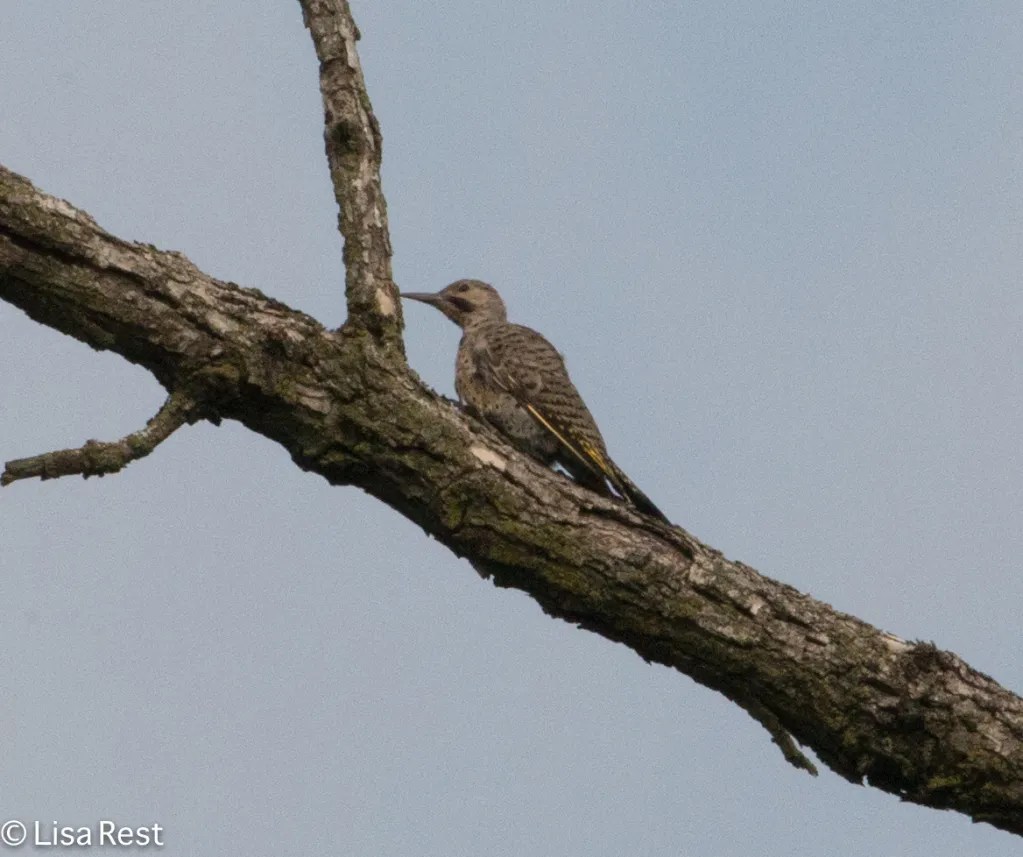
After seeing some fall warblers here and there, things remained slow until the middle of last week when a cold front finally pushed through. I had hoped to be more timely with this post but I’ve been busier than I thought.
At the Portage on Tuesday, September 5, things were still slow, with most of the birds being nearly too far away to photograph except for identification purposes. Still there were a few. Like this Tennessee Warbler.



American Redstarts are often hard to capture. Most have been females or first-year males.



Bay-breasted Warblers showed up early and persisted.




Another Bay-breasted Warbler, acting more like any old bird in that it wasn’t busy looking for insects but instead sat perched on a dead tree over the marsh. The next few photos were taken from somewhat far away, as I stood on the bridge closest to Harlem Avenue.




Back on the trail, I was trying for everything.



It’s always exciting to see an Osprey fly over. This one was carrying its prey, but it was too far away to get a good enough look at what it was.
A Downy Woodpecker and a Song Sparrow shared the same dead bush.




Ruby-throated Hummingbirds seem a bit more relaxed lately.


Below is perhaps the last time I saw an Indigo Bunting. This is either a female or an immature male.
A few Red-winged Blackbirds were still around.


And some American Crows flew over.


On the 7th, just two days later, the cold front ushered in more birds.

Below is a female American Redstart.




Black-and-White Warblers are easy to identify.




There were a couple Blackburnian Warblers. The warbler at the top of the post is also a Blackburnian.
Magnolia Warblers were in the flock.






I barely captured the Golden-winged Warbler below.

Tennessee Warblers really blend into the green leaves.



Below is a distant Cape May Warbler.


Then there were all those other birds. Red-eyed Vireos were also present.






American Goldfinches are busy now that there are a lot of seeds available.


I caught a couple views of a goldfinch family.
There was a Great-crested Flycatcher.


And a few Red-winged Blackbirds…

Gray-cheeked Thrushes have been abundant. The first picture below might be a bit confusing as it suggests a Swainson’s Thrush if you go with the somewhat more-prominent eye-ring, but its face has that more pinched look of a Gray-cheeked to me.

This was just the beginning. Earlier this week brought more warblers to my lens. I hope to be back a lot sooner with those photos. For now, I’m getting up early to “lead” a walk at Columbus Park tomorrow morning. It seems likely to be difficult birding. The last couple days have been rather slow. The forecast is for cloudy and cool. Then on Sunday, the forecast is for rain all morning. So it might not be too birdy a weekend… But the show must go on.





































































































































 Suffice it to say that the lure of fall migration is irresistible, especially with nice weather. The birds are taking advantage of the calm skies in this part of the country as well. I have been going back to the park every day this week and as of Tuesday all these birds seem to have left and no new ones have come in. I would like to think they all took off Monday night, navigating well out of the city and continuing their trips to Central and South America.
Suffice it to say that the lure of fall migration is irresistible, especially with nice weather. The birds are taking advantage of the calm skies in this part of the country as well. I have been going back to the park every day this week and as of Tuesday all these birds seem to have left and no new ones have come in. I would like to think they all took off Monday night, navigating well out of the city and continuing their trips to Central and South America. I’ll have lots more to report if I can manage it. Hope you are having decent weather wherever you are.
I’ll have lots more to report if I can manage it. Hope you are having decent weather wherever you are.












